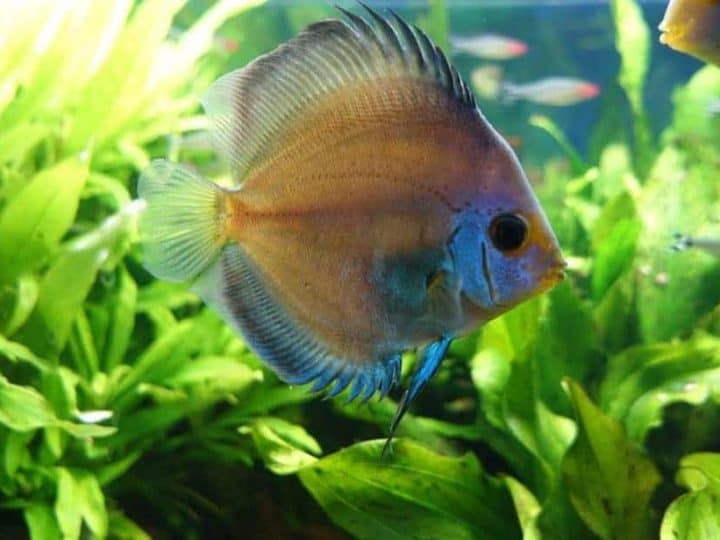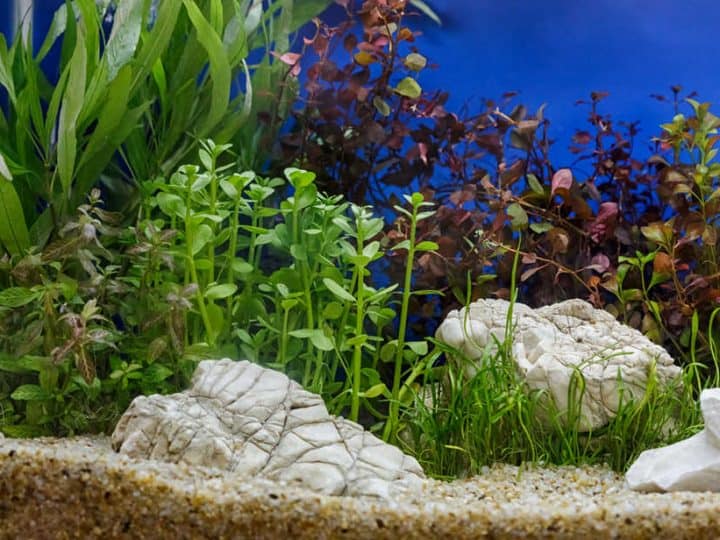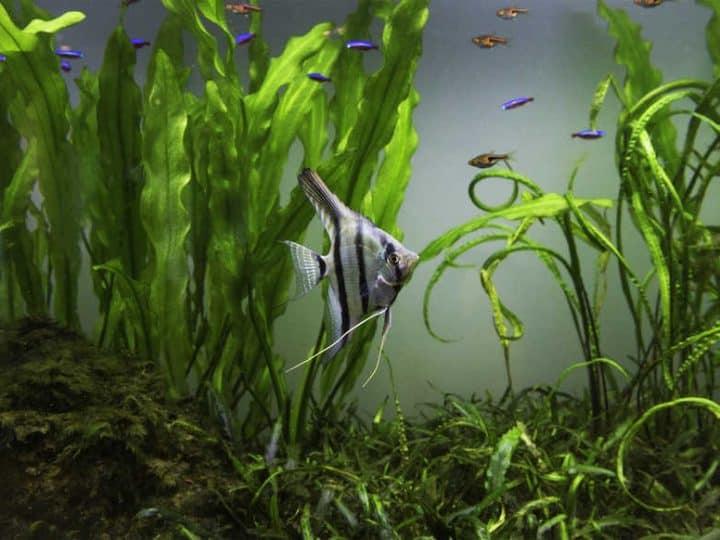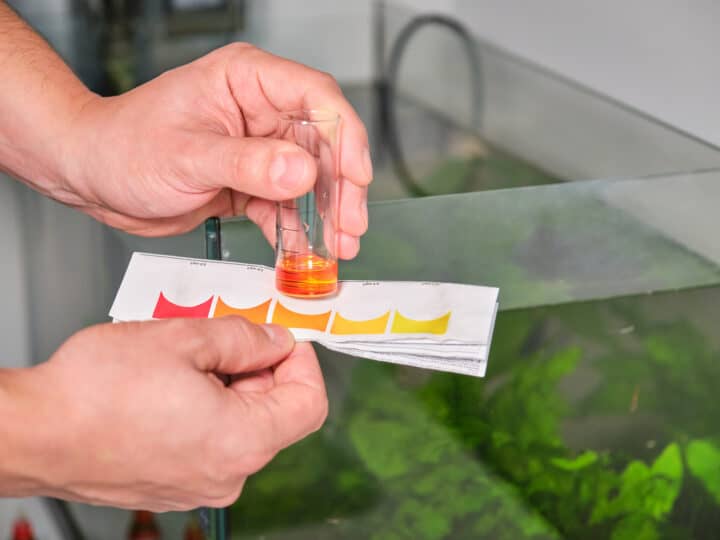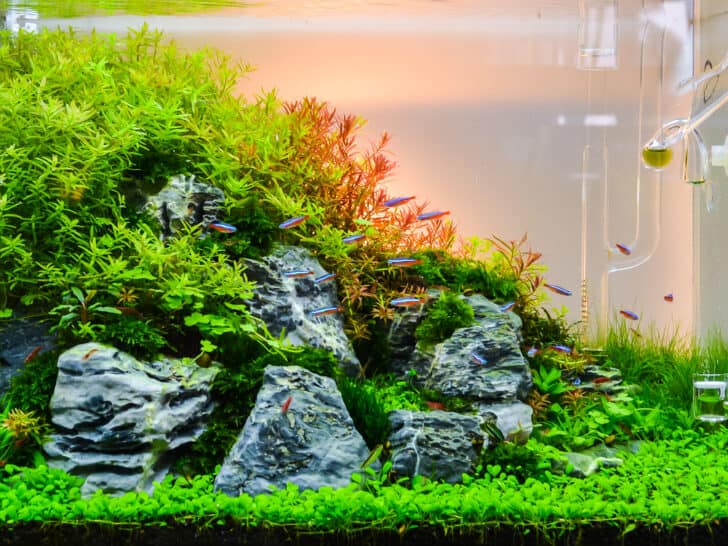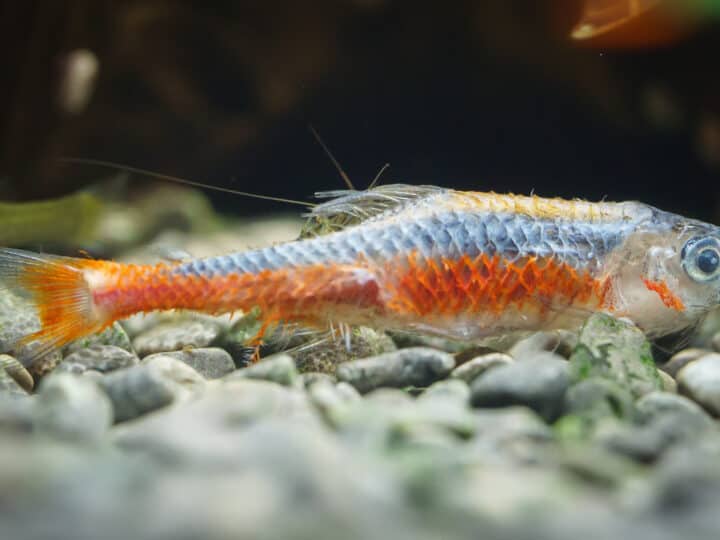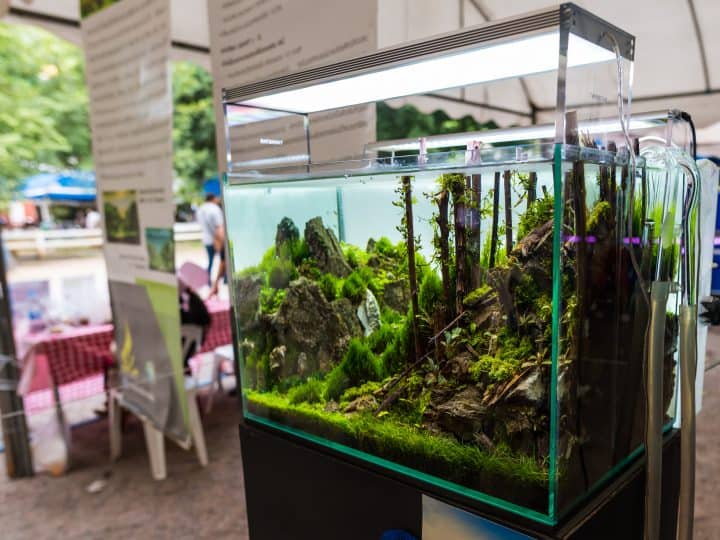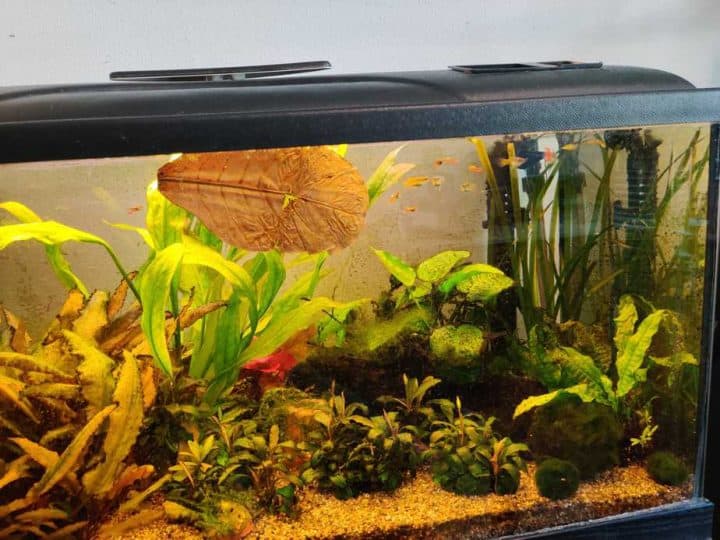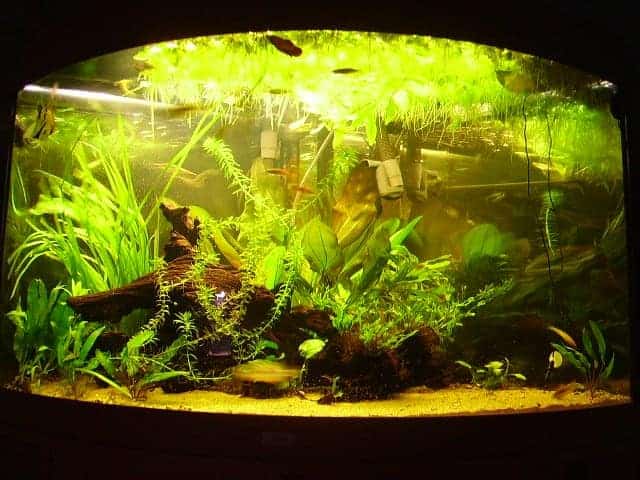As an aquarium owner, I can attest to how great it feels when your tank is full and your fish are happy. I always try to improve the tank regularly, adding things such as new rocks and plants. This, however, adds confusion to the tank’s health, bringing up questions like “Will ammonia kill the aquarium plants in my planted tank?”
Quick Answer
An excess of ammonia will kill most of the aquarium plants in your planted tank. You should monitor ammonium levels in your aquarium to prevent not only your plants from dying but also your fish and other living things within the aquarium.
Read on to learn about the basics of ammonia and its effects on the overall health of your aquarium.
What Is Ammonia?
In its natural form, ammonia (NH3) is a gas normally produced as a byproduct in many organisms, including humans. Ammonia is vital for many important processes, such as the nitrogen cycle.
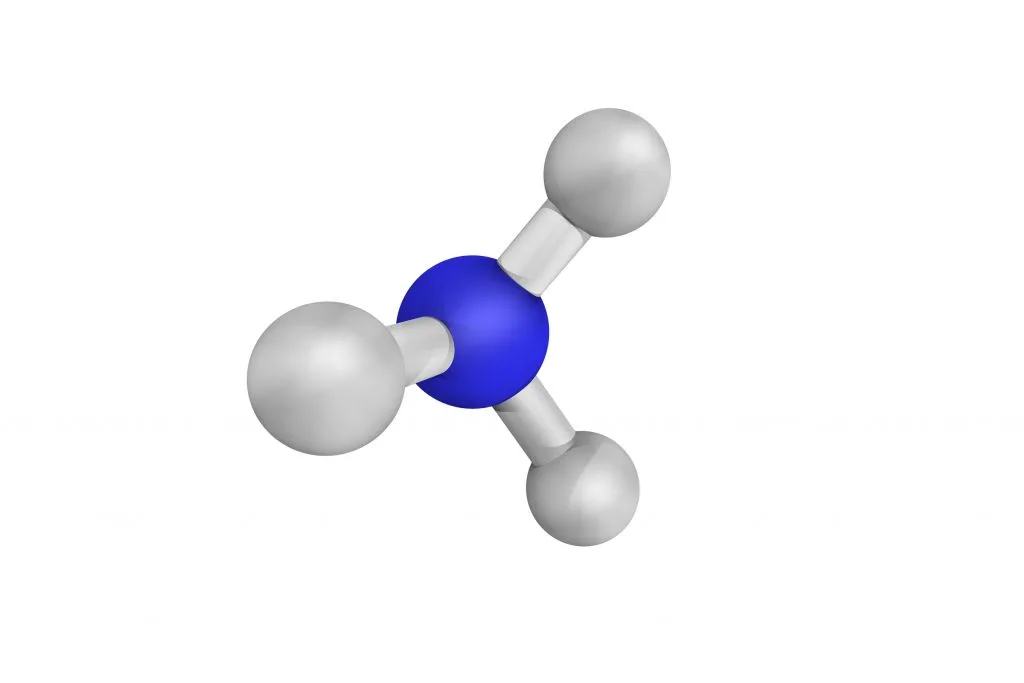
Ammonia). Photo 84011598 © ibreakstock | Dreamstime.com
The Nitrogen Cycle
The nitrogen cycle is the cycle through which nitrogen flows in nature. On a small scale, it can be seen as nitrogen being taken up by plants or animals and then released back when they decompose (through bacteria). Ammonia is important in the nitrogen cycle, specifically in small-scale systems such as aquariums.
Ammonia Is a Nitrogenous Waste
As mentioned, most animals go through a biological process (i.e., metabolism) that creates certain wastes. One of these is ammonia, which is known as nitrogenous waste. Ammonia is specifically created in animals during protein metabolism (the breakdown and use of protein in the body).
As with most wastes, they need to be dealt with before they build up, as, in large amounts, they can be very toxic.
Common Aquatic Plants
With the question of “will ammonia kill my aquatic plants” comes another question such as “how does it affect different plants.” To understand this, listed below are some of the most common aquatic plants and their general description:
- Amazon Sword plant (light green sword-like leaves, fully submerged in water)
- Java Moss (long tendrilled moss, fully submerged in water; no roots)
- Water lettuce (thick, succulent leaves, fully submerged in water)
- Elodea (similar to horsetail, fully submerged in water)
Most of these plants are sold in common pet stores, and most sources cite them for being very hardy and sometimes even resistant or helpful to ammonia problems.
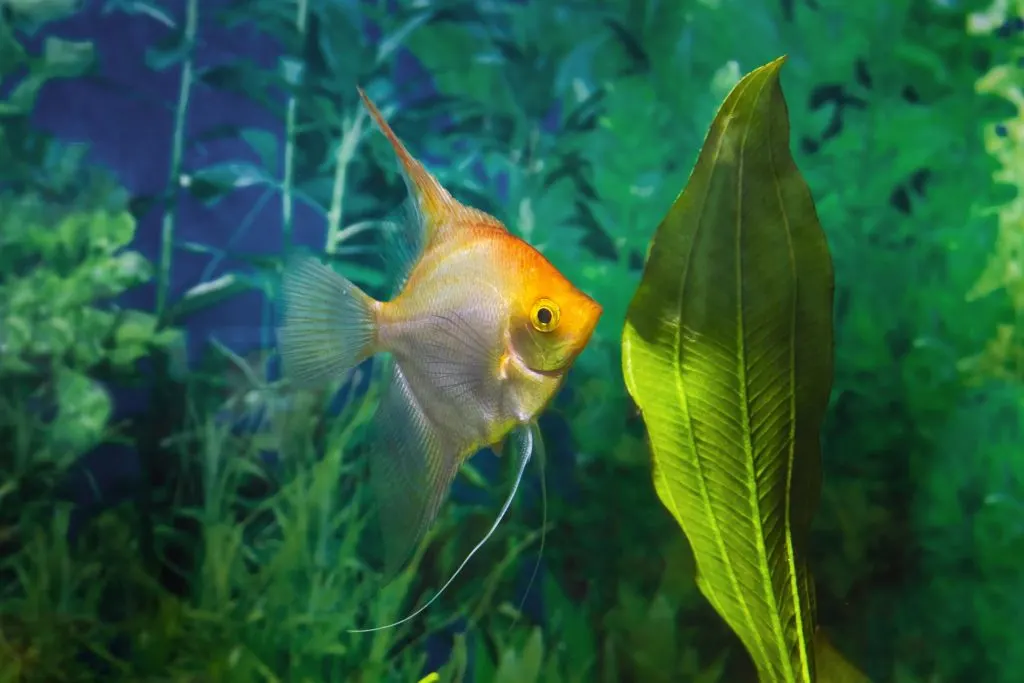
The Role of Nitrogen (Ammonia) in Plants
As I mentioned, nitrogen has a pretty important role in organisms and environments as a whole. It’s a waste that keeps being reused. In general, ammonia (mainly its nitrogenous components) is used as a fertilizer in plants.
How Plants Use Nitrogen (Ammonia)
Plants use available nitrogen near them as a fertilizer. This is mainly seen in leaves, as the leaves are some of the most nitrogen-dense areas in a plant. After nitrogenous sources are rendered usable by certain bacteria in the soil/substrate, plants can actively take in nitrogen through the roots and shuttle it to the leaves where it’s needed.
Plants Will Decay To Finish the Nitrogen Cycle
To finish the nitrogen cycle, plants must decay, at least in part. This can happen, for example, if a leaf is severed from a plant and cannot survive on its own. The leaf will then break down into its basic elements (through bacterial action), releasing nitrogen back into the cycle.
How To Tell if Your Plant Has Enough Nitrogen
Since nitrogen is primarily found in the leaves of plants, it’s fairly easy to tell if your plant has a deficiency in it. In general, plant leaves yellowing (especially on the whole plant) mean a nitrogen deficiency is most likely. This means that if you are keeping aquatic plants without fish, you will have to add the nitrogen source yourself.
Fishless Cycling
According to most sources, it’s important to set up and maintain your tank before fish to ensure future fish/plant health. This is often done through a process called fishless cycling.
Fishless Cycling Without Plants
Fishless cycling is a process where you run your tank with its filters when fish aren’t present. This allows everything to run naturally, letting all byproducts and continents flow and be caught up before fish are present. Many people try to do this without plants, as ammonia is commonly used in this process to mimic the natural ammonia that fish would release.
Fishless Cycling With Plants
As the times are changing and more research is being done, more people suggest simply running the fishless cycle without ammonia, especially if there are plants. This is because excess ammonia can kill plants and beneficial bacteria. They also recommend simply adding plants to balance ammonia and other waste, reducing the need for filters and chemicals.
Monitoring Ammonia
With all of this information, it’s critical to monitor the ammonia levels in your tank. Remember, ammonia is technically correlated with nitrogen, so any ammonia issues mean nitrogen, which dramatically affects plant life.
How To Test Ammonia
Most testing kits are in the form of strips you can dip into the water, often indicating multiple levels of chemicals in your tank. These are helpful and give you an overall idea of your tank’s health and balance of things. Most chemical strips will simultaneously test ammonia (NH3) and ammonium ions (NH 4 +). In general, the only safe ammonia level is 0.
Ammonia Can Affect Your Tank’s Environment
Ammonia can also have vastly different effects on your tank depending on the other environmental factors. According to Aqueon, it can be less harmful at lower temperatures and pH levels lower than 7.0 (and more harmful at higher temperatures and pH levels).
Conclusion
In the end, ammonia can be very confusing. However, it’s important to know that it can harm your plants (and eventually fish), especially if you don’t monitor it. Some plants can help keep it in check, and maintaining other environmental factors can also mitigate some risks.

